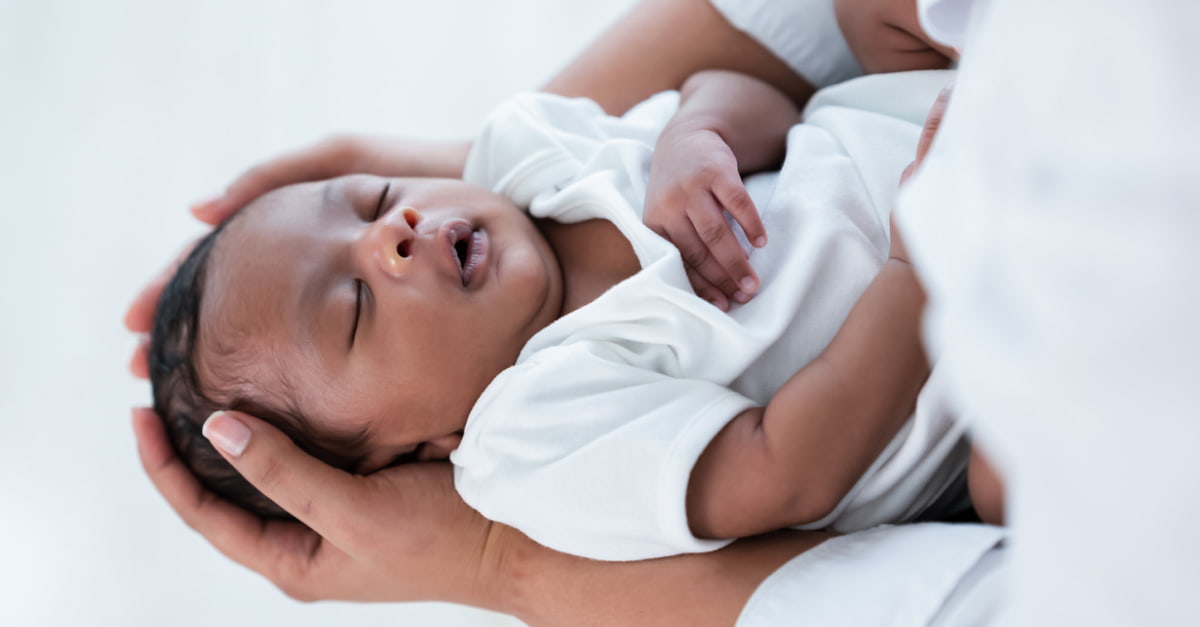Researchers Explore Treatment for Newborns at Risk of Cerebral Palsy

The journey of understanding and treating cerebral palsy, a group of neurological disorders that affect movement and developmental skills, has been full of challenges.
The condition usually results from brain damage during childbirth, which is sometimes due to medical malpractice. Once the injury has happened, there isn’t much the medical team can do to reverse the damage.
However, a pioneering research initiative at the University of Alberta in Canada is exploring whether specific medications can help minimize brain injury and other damage along the way. The new early intervention treatment for newborns at risk of cerebral palsy offers a glimmer of hope to families navigating this complex condition.
If your child has cerebral palsy, get your free Cerebral Palsy Guide now to find helpful information on treatment and financial support.
The Challenge: Diagnosing and Treating Brain Injury
For years, the medical community has grappled with the dual challenge of diagnosing brain injuries in newborns and finding effective treatments. This is because the symptoms of cerebral palsy or other conditions may not show up until months or years later when parents see the child is not reaching developmental milestones.
This has made early interventions mostly unavailable for families. Traditional methods, such as therapeutic hypothermia — cooling the baby's body to slow brain activity and reduce damage — have had limited success.
This approach shows varying degrees of effectiveness in cases of moderate to severe hypoxic-ischemic encephalopathy (HIE), a type of brain damage caused by limited oxygen and blood flow to the brain that can lead to cerebral palsy, epilepsy, and other conditions.
To address these challenges, the researchers began to work toward a more effective solution.
Delivering Targeted Medication to Reduce Damage from Birth Injury
Dr. Larry Unsworth and his team, including pediatrics professor Jerome Yager and researchers at the Women and Children’s Health Research Institute, aimed to find a safer and more effective way to treat children at risk of cerebral palsy and other conditions.
“We wondered if there was a way to target the change in the local brain tissue caused by HIE to reduce damage in the brain. Easy question to ask, hard to do.”
Their goal was to combine therapeutic hypothermia with delivering anti-inflammatory medications to the affected brain regions without harming other organs.
They designed a peptide system that could transport dexamethasone — a corticosteroid known for its anti-inflammatory effects — directly to the site of brain injury.
This system successfully slows the spread of damage by cooling the brain, while also treating the damage with the medication. Because the treatment is so targeted, it ensures a minimal dosage is administered, making it safer for the child despite the drug’s health risks.
Hope for Improved Outcomes for All Children with Cerebral Palsy
This innovative approach marks a significant advancement in newborn children at risk of cerebral palsy and other conditions from birth injuries, offering hope for improved outcomes for families.
“Targeted treatment to these injured cells could dramatically improve the outcomes of children who suffer from this condition.”
With this new treatment approach, children at risk of cerebral palsy may have:
- A chance of having a less serious case of cerebral palsy or other developmental condition
- Improved balance, mobility, and strength thanks to the drugs reducing the extent of damage to the brain
- Reduced pain from permanently tightened muscles
The research team's next goal is to get more money for testing the treatment to make sure it's safe. They hope it can soon be used by doctors and birthing centers everywhere.
Get Help For Your Child With Cerebral Palsy
Approximately 10,000 babies are diagnosed with cerebral palsy every year. Lifelong treatment of cerebral palsy can involve physical therapy, adaptive equipment, medication, and more.
This research into early treatment options from the University of Alberta could greatly improve the lives of thousands of newborns at risk of cerebral palsy by reducing the costs of life-long care.
Sadly, too many families are left devastated after medical negligence caused their child’s lifelong condition. Because of this, our team of nurses and advocates is here to help you and your family after a birth injury.
Call us at (855) 220-1101 or download a free Cerebral Palsy Guide today to see what options are available for you.
